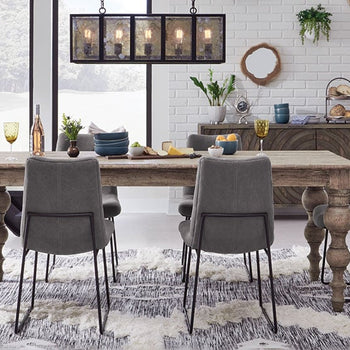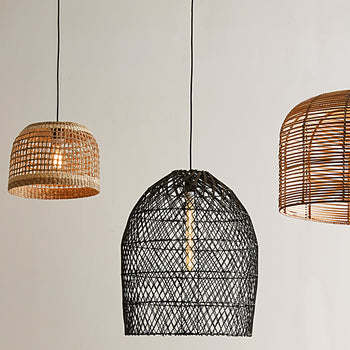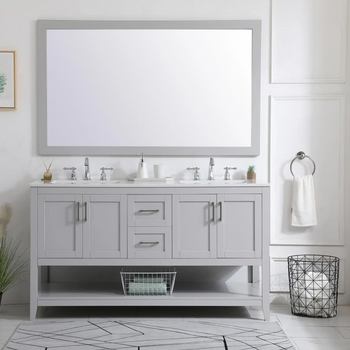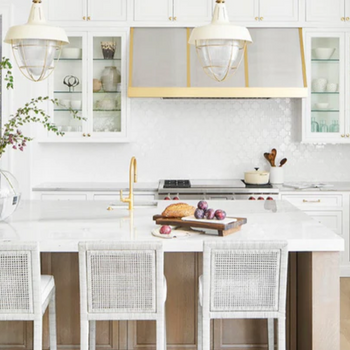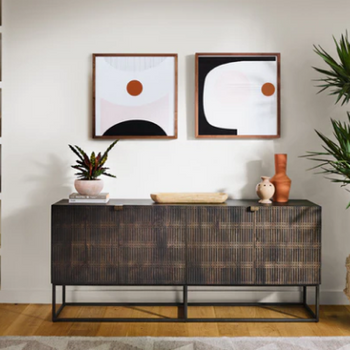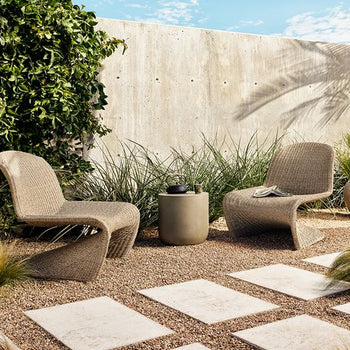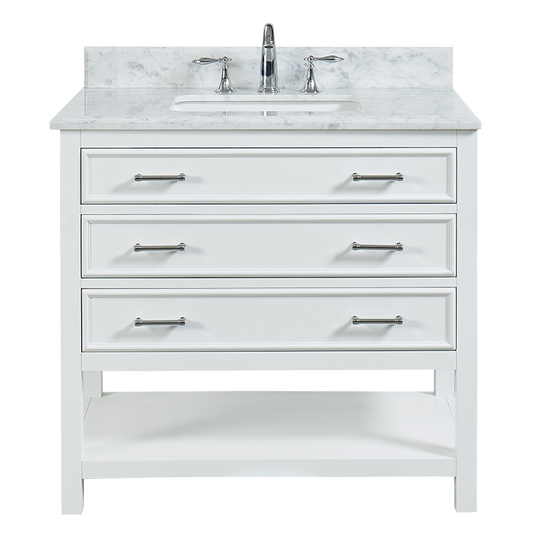
Wilora North Harbor 37"
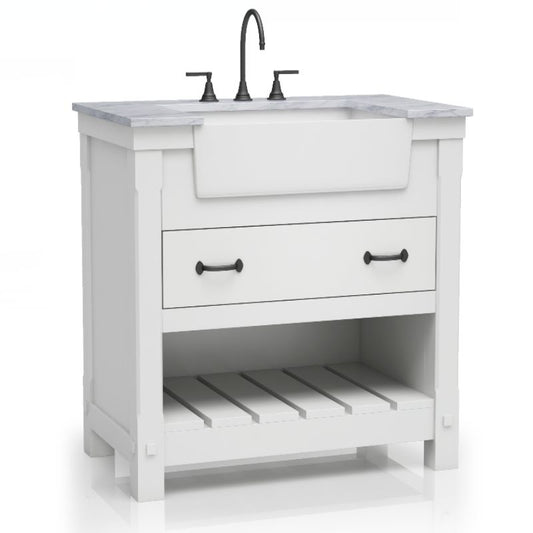
Wilora Park Mill 37"
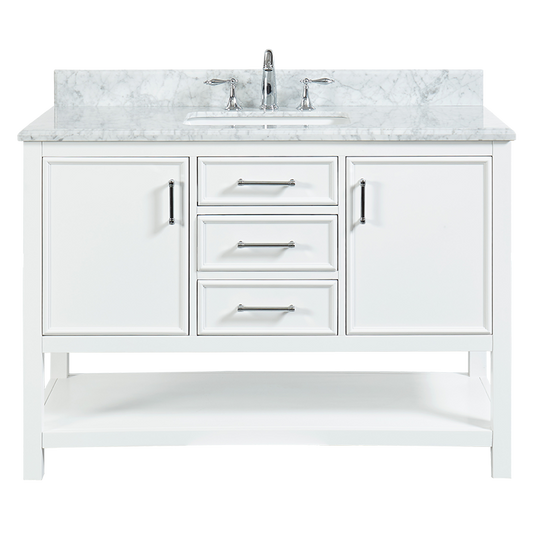
Wilora North Harbor 49"
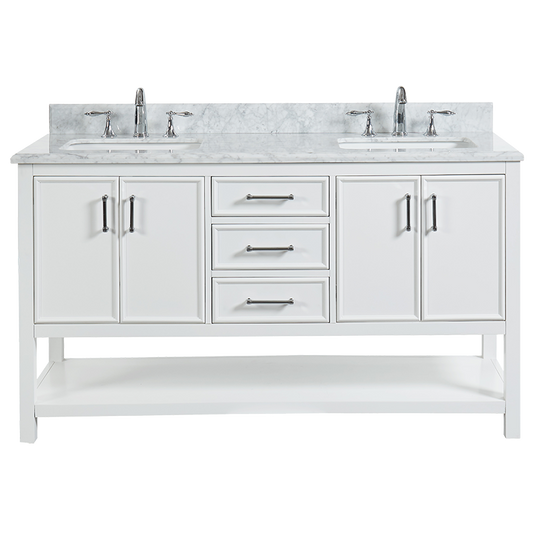
Wilora North Harbor 61"
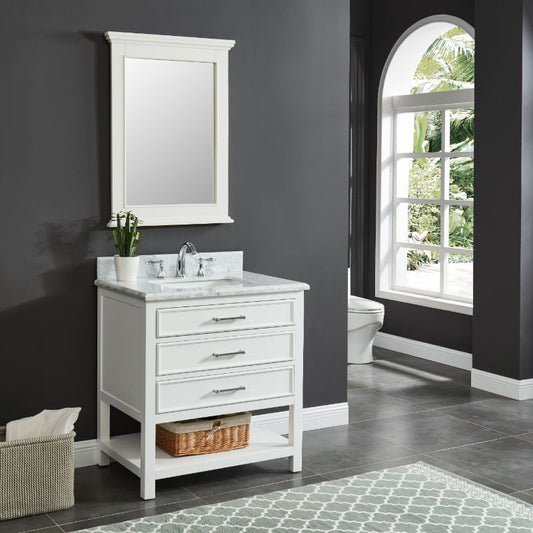
Wilora North Harbor 31"
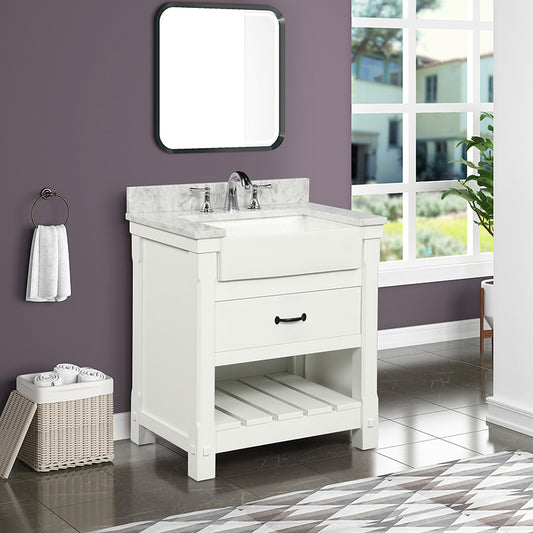
Wilora Park Mill 31"
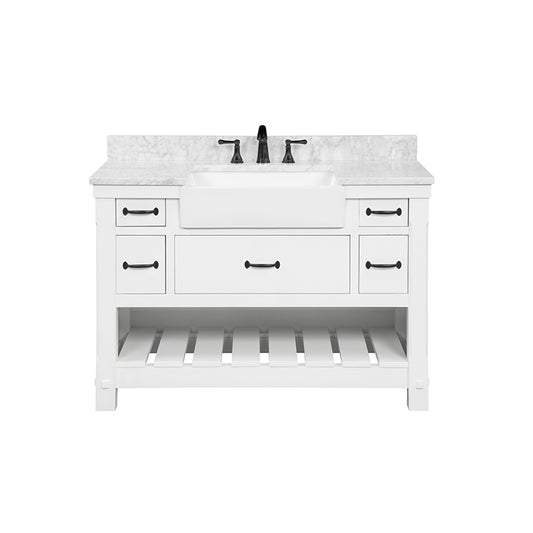
Wilora Park Mill 49"
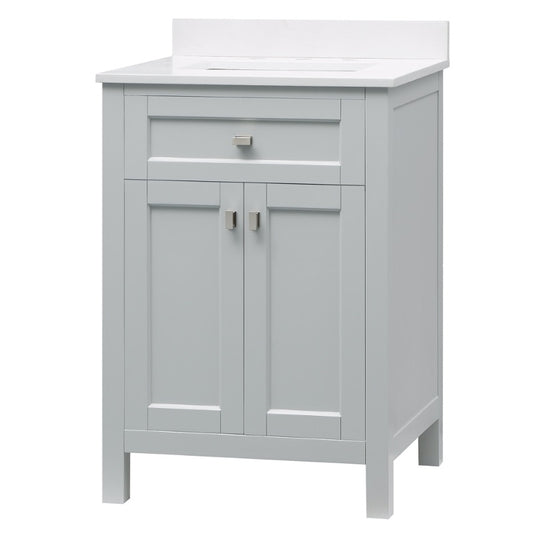
Cahaba Juniper Freestanding Vanity Cabinet 24" Width
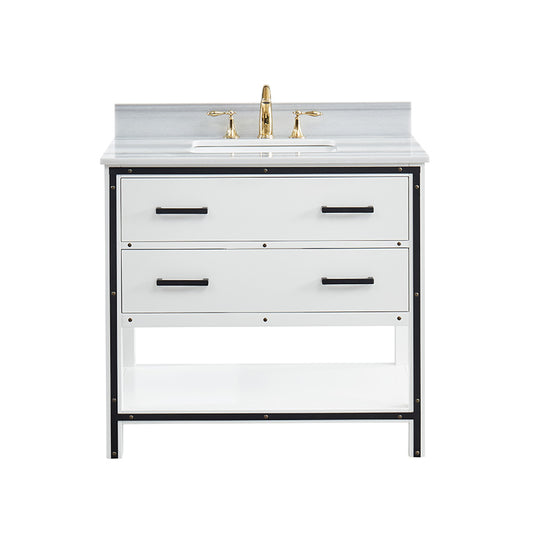
Axel Dove White Freestanding Vanity Cabinet with Single Basin Integrated Sink and Countertop - Two Drawers (37" x 34.5" x 22")
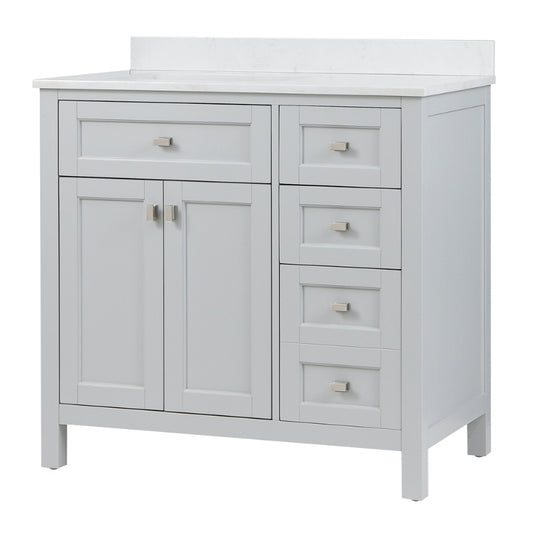
Cahaba Juniper Freestanding Vanity Cabinet 36" Width
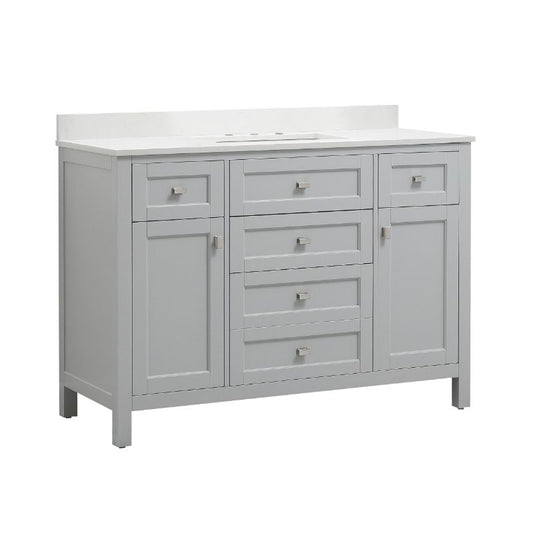
Cahaba Juniper Freestanding Vanity Cabinet 48" Width
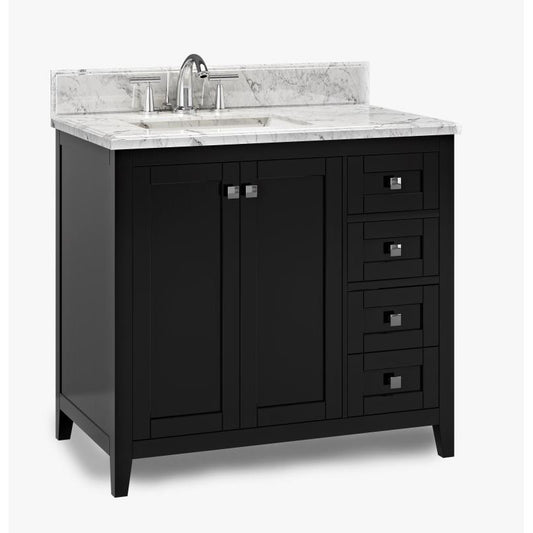
Beck Espresso Freestanding Vanity Cabinet with Single Basin Integrated Sink and Countertop - Two Doors, Three Drawers (37" x 34.5" x 22")
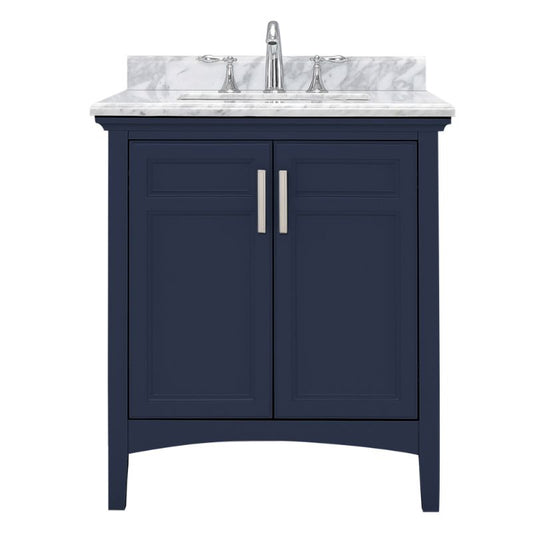
Cahaba Ellis Freestanding Vanity Cabinet 24" Width
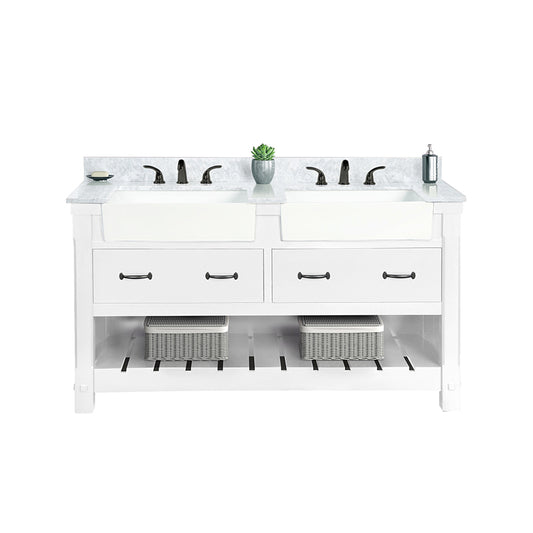
Wilora Park Mill 61"
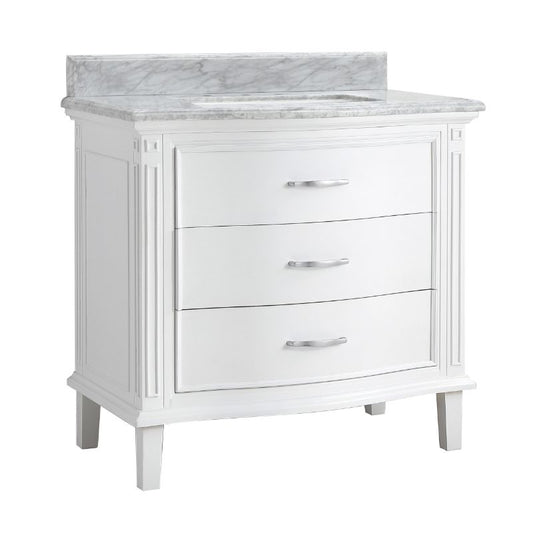
Cahaba Mira Freestanding Vanity Cabinet 36" Width
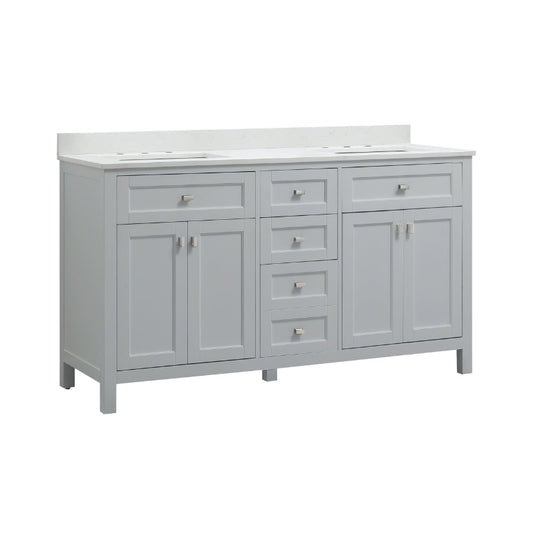
Cahaba Juniper Freestanding Vanity Cabinet 60" Width
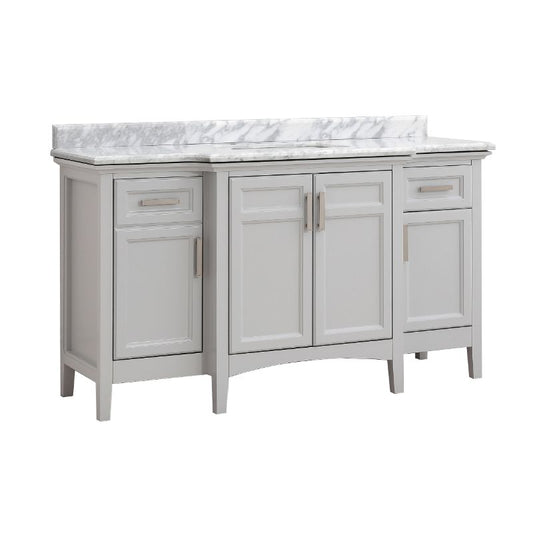
Cahaba Elis Freestanding Vanity Cabinet 60" Width
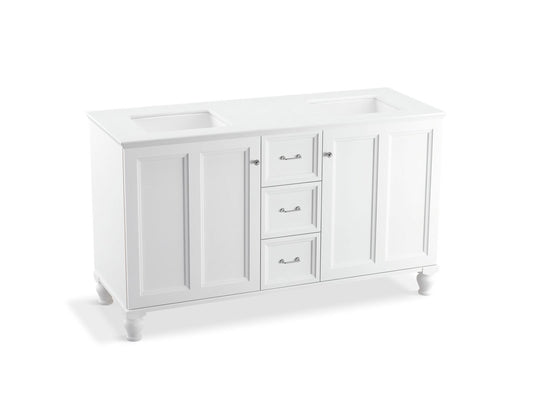
Damask Linen White Freestanding Vanity (22.25" x 60.75" x 34.5")
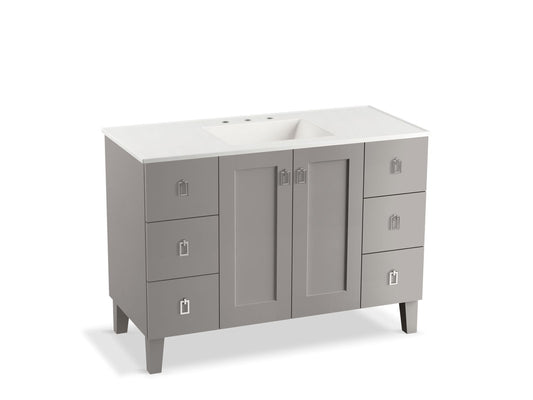
Poplin Mohair Grey Freestanding Vanity (49.75" x 24" x 36")
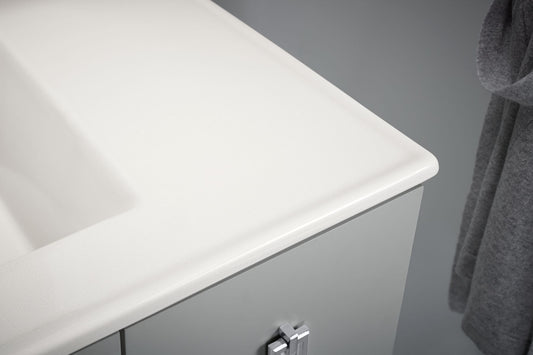
Poplin Mohair Grey Freestanding Vanity (37.75" x 24" x 36")
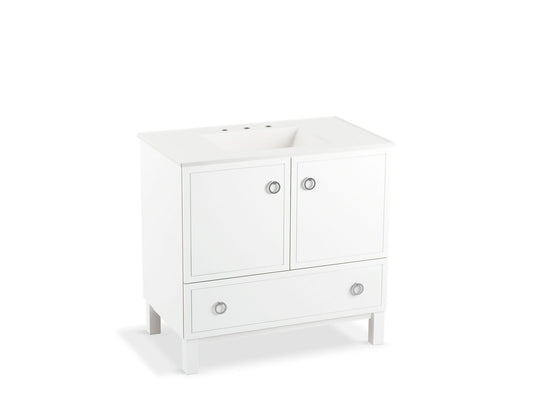
Jacquard Linen White Freestanding Vanity (21.88" x 36" x 34.5")
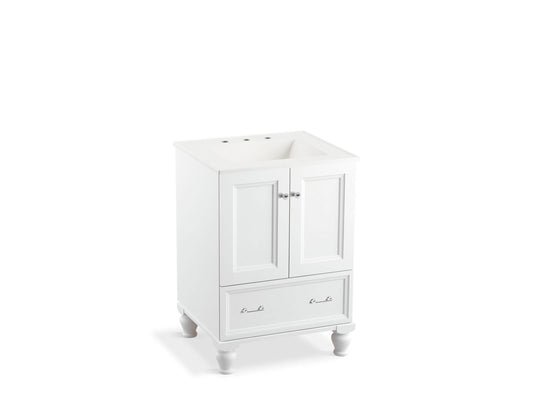
Damask Linen White Freestanding Vanity (22.25" x 24.75" x 34.5")
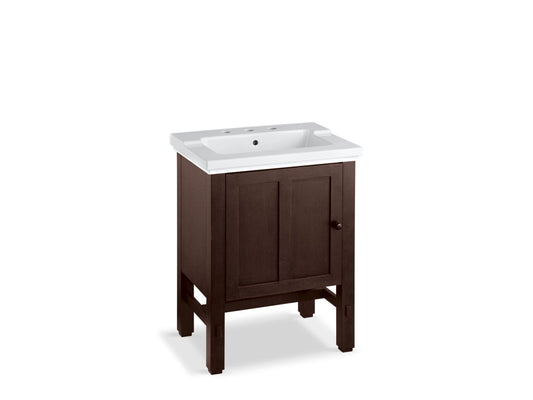
Tresham Woodland Freestanding Vanity (35.25" x 21" x 8.13")
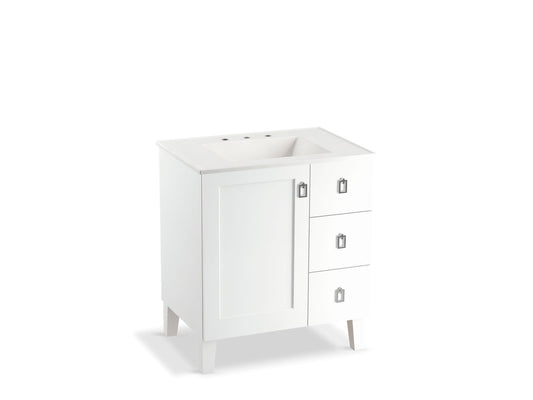
Poplin Linen White Freestanding Vanity (31.75" x 24" x 36")
Make a Statement with a Freestanding Vanity
When it comes to making a powerful design statement in your bathroom, a freestanding vanity—sometimes also called a floor-mounted vanity—is often an effective choice. Ranging in design style from opulent and traditional to sleek and contemporary, freestanding vanities can make a striking addition to any décor.
Freestanding vanities often offer ample storage space, including both drawers and cabinets, for your bath, providing an ideal spot to store towels, toiletries, cleaning supplies, etc. Whether you’re building a new home or remodeling an existing bathroom, we’ll help you with everything you need to know to choose and install the freestanding vanity of your dreams.
Freestanding Vanity FAQ
What is a freestanding vanity?
A freestanding vanity is pretty much what it sounds like: a vanity unit that stands freely on its own. In most cases, though freestanding vanities rest on the floor and can stand on their own, it’s recommended that they be firmly anchored to the wall for safety reasons. While freestanding vanities are designed to hold their own weight (unlike their wall-mounted counterparts) they generally aren’t made to hold additional weight, like a person leaning on them or placing heavy items within a drawer or on top of the counter. Anchoring your freestanding vanity to the wall ensures that it can safely hold additional weight when needed.
If you don’t take this step, you run the risk of pulling loose pipes or other plumbing elements connected to your freestanding vanity if it starts to shift—and doing so usually means burst pipes, heavy leaks, and expensive plumbing and water bills. A shifting vanity unit also could fall on someone if it shifts, potentially causing injury.
If you’ve already decided on a freestanding vanity, you’re in luck. Many manufacturers make them, they’re extremely popular, and they’ve been around for many years, which means you’ll have your pick of many different styles, shapes, colors, and models. Freestanding vanities are often viewed as more traditional, but you can find them in a surprising array of styles and design choices to fit even the most modern bathroom. In some cases, you can even repurpose an existing cabinet or other pieces of furniture to function as a freestanding vanity.
A freestanding vanity differs greatly in installation from its wall-mounted counterparts, which are attached to the bathroom wall and does not touch the floor at all. Instead, they give the appearance of floating within the wall space, which is why you may also sometimes see the name floating vanity. In this regard, a wall mounted vanity will take up less floor and visual space than a freestanding vanity, which often makes this model a feasible option for small bath spaces. Keep in mind, though, that a wall hung vanity will provide limited storage space and will require professional installation.
What should I consider when buying a freestanding vanity?
The first thing you will want to think about is the size of the space you’re working with. Luckily, freestanding vanities are available in just about any size you might need. In fact, according to cabinet distributor Keidel, you can find vanity sizes ranging from just 18 inches wide (great for use in a small powder room) to 72 inches wide, with enough counter space for double sinks. Freestanding vanity standard depth is anywhere from 20 to 23 inches, and freestanding vanity height typically varies from about 32 to 36 inches.
After you’ve measured your space, make sure you consider the look and feel you want for your bath, along with the appropriate scale. This is especially true for smaller bathrooms. In a tight bathroom, a vanity unit that’s too large can feel bulky and overwhelming, and not leave enough space for people to move freely about the room.
In addition to scale, consider the role you want your vanity to play. If it’s a central design piece, then you may want it to stand out through unique materials, colors, design treatments, etc., while if you want it to be unobtrusive, you can choose materials and colors that blend well with the bath décor that’s already in place. You can choose from a wide range of prefabricated versions or have a freestanding vanity custom-made to create the exact look and feel you want.
Do freestanding vanities include the sink?
It all depends on the specific bathroom vanity set of your choice. Many models come with a sink and countertop already included or built-in, while others allow you to install the sink or countertop of your choice at the time of installation. Sometimes, in addition to a sink, a freestanding bathroom vanity set may include cabinet door handles, a mirror, and even a backsplash.
If a freestanding vanity comes with an integrated sink, the sink will be molded from the same material as the vanity’s countertop. In this case, there won’t be any separation between the sink basin and the countertop material because they are shaped from the same slab of material. With an undermount sink, the sink is fashioned from a separate material and is set into the vanity from beneath.
With a drop-in sink, the basin lies beneath the surface of the bathroom vanity. It differs from an undermount installation because the sink rim that rests on top of the bath vanity surface provides a more decorative or artistic flair.
And the final option, a vessel sink, rests completely on top of the freestanding vanity. These sink models are often sleek and ultra-contemporary.
Can I change the sink on a freestanding vanity?
That all depends on the type of sink installation you have. For example, if your bath vanity features an integrated sink, you cannot change out the sink since it’s molded into the vanity’s countertop. But with any other sink installation, as long as a new sink will fit the space the vanity provides, you may be able to switch it out. This is likely a good project to consult with a professional about, rather than trying to take it on as a DIY project.
Are faucets included with a freestanding vanity?
In general, the answer is no, but there are some exceptions. Most freestanding bathroom vanities come with sinks, but they rarely include faucets. Instead, a freestanding vanity will include pre-made holes for a one-piece, center-set faucet or a three-piece, widespread faucet. This allows the homeowner to choose exactly the faucet type, design, and finish that’s right for the space or match existing faucets already in place.
How to place a freestanding vanity
The most important aspect of placing your new freestanding bathroom vanity is measuring the space. This helps ensure that the new vanity not only fits but also ensures it is the right scale for your bathroom design. In addition, you’ll also need to make sure the new vanity’s location is level so that it sits firmly and securely in place while distributing weight evenly.
Does a freestanding vanity need to be attached to the wall?
Yes, it does. This is very important because though a freestanding vanity is designed to support its own weight, it isn’t equipped to handle any substantial additional weight. That means if someone leans on it, or places heavy items on it, it could cause the position of the vanity to shift.
Shifting vanities can mean stress or even rupture of the connected pipes, causing leaks, water damage, and hefty renovation bills. In addition, leaving your freestanding vanity unanchored simply isn’t safe. An unanchored freestanding vanity can tip over, causing injury to anyone nearby. To make sure your freestanding vanity is as safe and functional as possible, you’ll need to ensure that it’s safely and securely anchored to the wall behind it.
How to install a freestanding vanity
Generally speaking, unless you’re making major plumbing updates, a freestanding vanity is much easier—and often a little less expensive—to install than a wall-mounted version. For example, installation of a free-standing vanity typically costs around $1,200, while a wall-mounted or floating vanity installation generally hovers around $1,500. Keep in mind, though, that these are just averages—actual costs vary based on the vanity's size, chosen materials, and local market rates for installation-related labor.
The easiest installations are for those where you’re installing a freestanding vanity that replaces another vanity of the same size. In these cases, there’s no need to move plumbing or make major changes to your bath setup. If you’re replacing a larger vanity with a smaller version, you’ll not only need to adjust plumbing hookups, but you may also need to make repairs or updates to areas of the floor previously covered by the old vanity. In many cases, even experienced DIYers need the help of a professional to make these types of upgrades.
The first step in a vanity installation is to always turn off the water supply. After that, you can remove the old vanity and patch walls, and paint and clean the area as necessary. If needed, you or a professional can adjust the placement of plumbing hookups and make the needed repairs or replacements to the bathroom floor. At that point, you should find and mark the studs in your wall and prepare your new vanity for installation, including completing any necessary assembly.
Position your new vanity where you’d like it and screw it into the wall studs, which will anchor it into place. If the back of the vanity is closed, make sure to drill holes for your plumbing pipes. Be sure to use screws that are no more than one inch long to anchor your freestanding vanity—this prevents anyone from accidentally putting a screw through one of the pipes connected to the vanity.
Once the vanity is securely in place, you can add the countertop and sink and connect all the plumbing (or have a professional do so). When you’re satisfied that the countertop is level and the vanity has the look and feel you want, you can add a line of clear caulk along the back edge of the vanity where it touches the wall.


